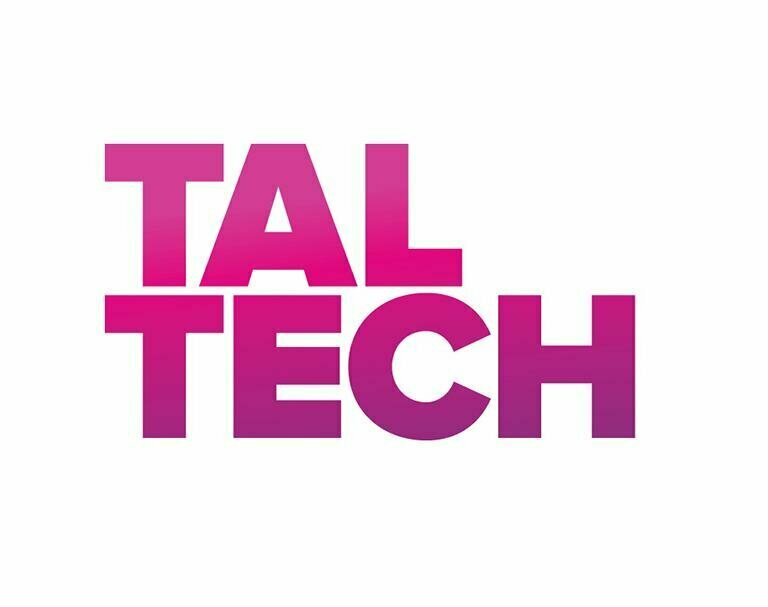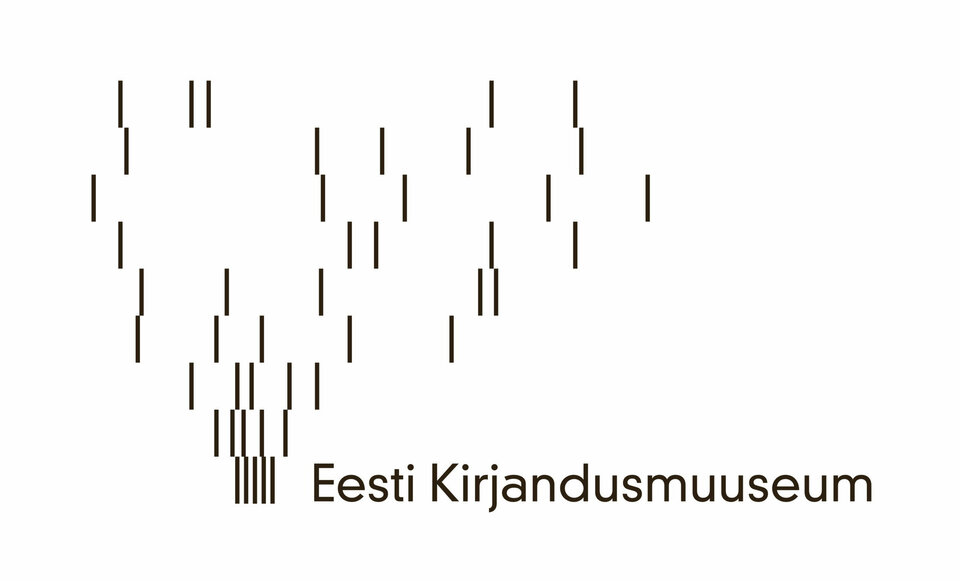Homepage
The Centre of Excellence “Estonian Roots” explores the formation of cultural and genetic diversity in Estonia and neighboring regions through collaboration between the humanities and natural sciences. The center focuses on evolution—changes over time and space—in its most diverse manifestations.
To achieve this, an innovative interdisciplinary framework is being developed that integrates various fields and methods to study the interactions between people, cultures, and the environment. The center investigates the processes that have shaped the peoples and cultures of the eastern coast of the Baltic Sea from the beginning of post-glacial settlement to the present day, considering both spatial and ecological contexts. The research maps human populations and cultural phenomena, as well as the abiotic (climate) and biotic (plants, animals) factors that have influenced them.
Drawing on precise local and regional data generated through cooperation in archaeogenetics, cultural and linguistic studies, and paleoecology, researchers are creating detailed knowledge about the development of the population and distinctive cultures of these areas within the broader European context.
News
No posts found
Time and Space
Change and Consistency
Regional and Local Studies
Reasearch Teams
Linguistics
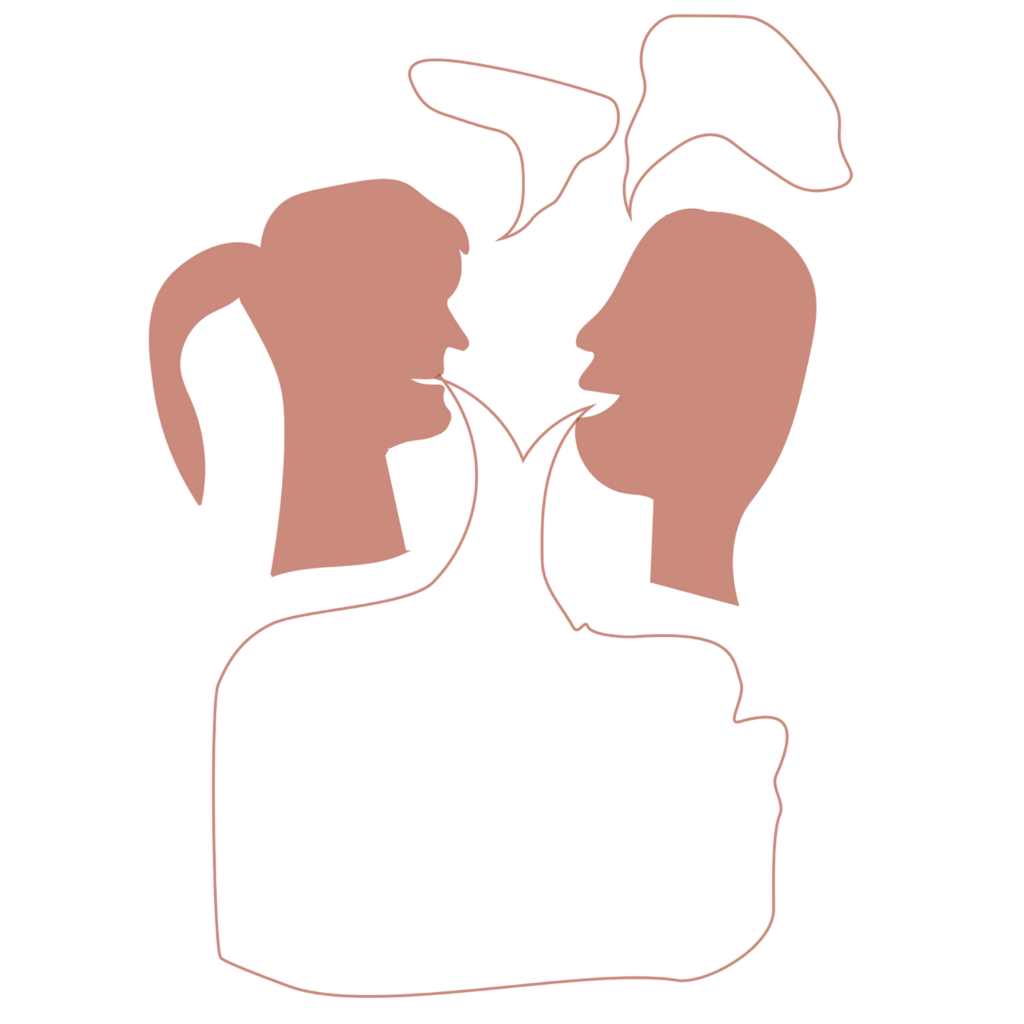
Folkloristics and Cultural Geography

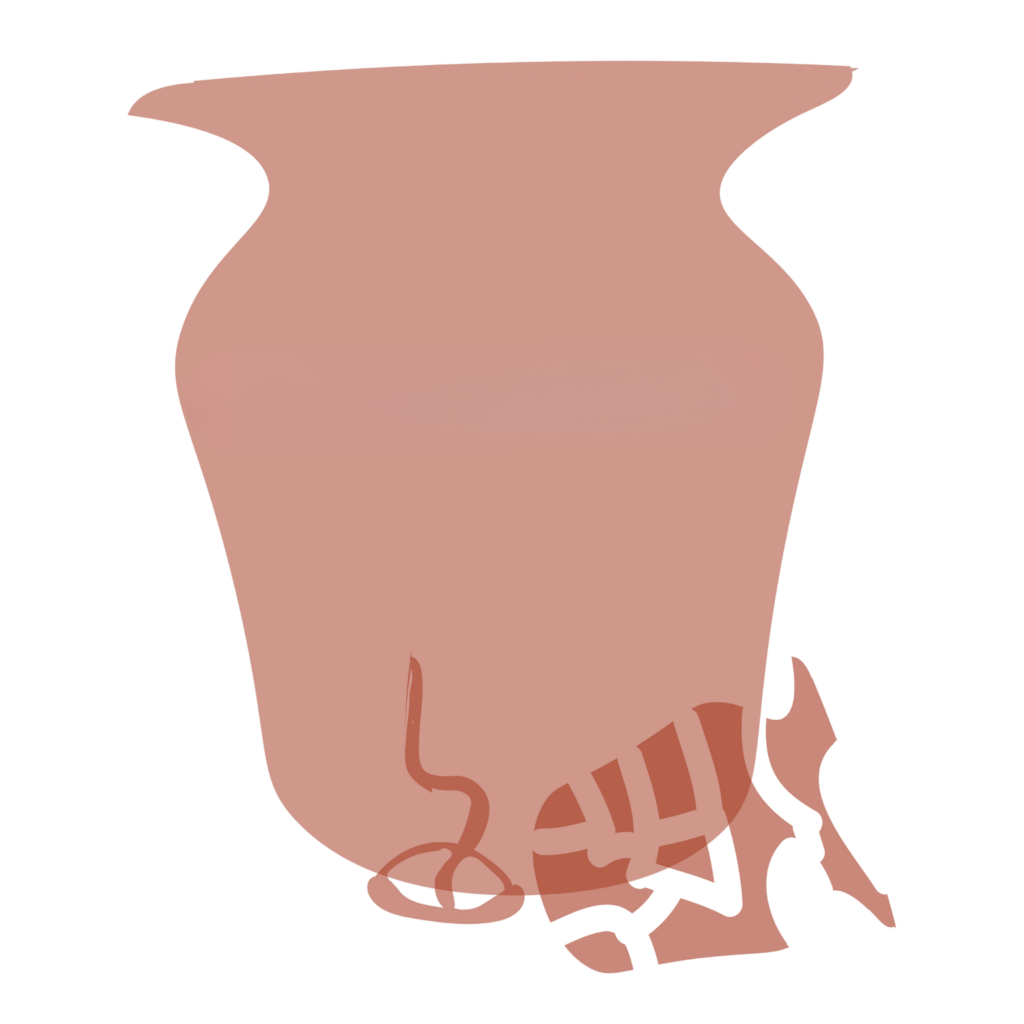
Archaeology

Paleoecology and Climate
Archaeozoology
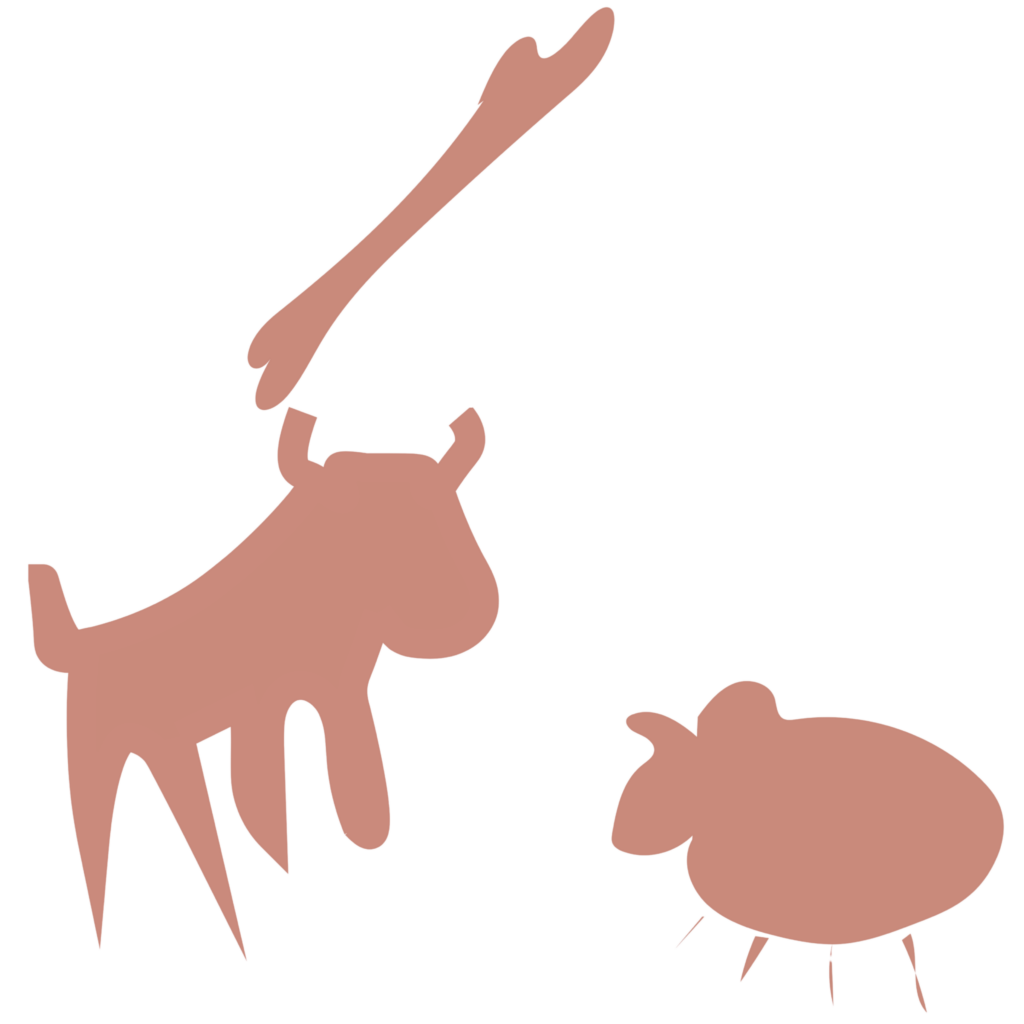

Read about other Centres of Excellence in Estonian Science!
To support the goals of Estonia 2035 long-term development strategy through top-level science, the Minister of Education and Research decided to allocate 70 million euros over seven years to ten Centres of Excellence in research.
Media Coverage
Bettany Hughes at University of Tartu
The well-known British historian Bettany Hughes travels the world to study the history of mankind. We introduced Bettany and her crew to how archaeology and modern research methods can help bring to light stories from thousands of years ago. Professor Heiki Valk, researcher Mari Tõrv and associate professor Ester Oras helped to explain what you can learn about ancient decorated jewellery, eggshells or just a small piece of birch tar. Behind the scenes, Professor Mait Metspalu shared the knowledge gained with the research group he headed. Of course, they also took a look at the old DNA laboratory and the UT Estonian Genome Center, which is also a great help in interpreting old DNA.

